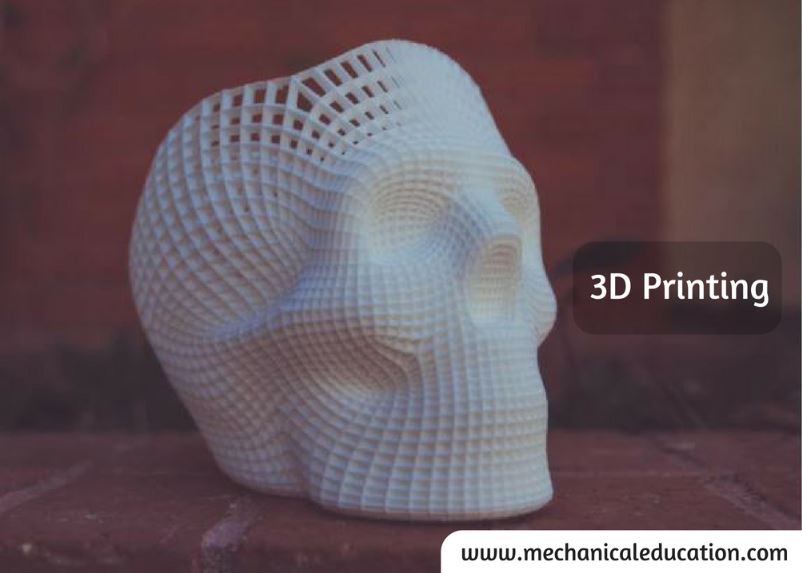Closed die forging, also known as impression forging or precision forging, is a type of forging process in which the metal is shaped by the repeated application of compressive forces using a set of dies that completely enclose the material being forged. Here are some common applications of closed die forging:
- Automotive: Closed die forging is commonly used in the automotive industry to produce parts such as crankshafts, connecting rods, and gears. The process allows for precise shaping of the metal and results in parts that are strong and reliable.
- Aerospace: Closed die forging is used in the aerospace industry to produce components such as jet engine parts, landing gear components, and structural components. The process allows for the production of complex, high-strength components that can withstand the extreme temperatures and pressures associated with these applications.
- Medical: Closed die forging is used in the medical industry to produce implants and surgical instruments. The process allows for the production of parts with precise dimensions and complex geometries, resulting in components that are safe and effective for use in medical applications.
- Defense: Closed die forging is used in the defense industry to produce components for military vehicles, weapons systems, and other equipment. The process allows for the production of high-strength components that can withstand the stresses and strains of military use.
Overall, closed die forging is a versatile process that can be used to produce high-strength components with complex geometries for a wide range of industrial applications. It is particularly useful in applications where precision and strength are critical, and where the cost of tooling can be justified by the volume of parts produced.
Frequently Asked Questions
1. What is closed die forging?
Closed die forging, also known as impression die forging, is a metal forming process where heated metal is placed within the closed cavity of two dies. The dies contain the desired shape, and the metal is compressed to fill the mold, resulting in a forged part.
2. What materials are commonly used in closed die forging?
Closed die forging is suitable for a variety of metals, including steel, aluminum, brass, and titanium. The material choice depends on the specific requirements of the final product.
3. What are the advantages of closed die forging over other forging methods?
Closed die forging offers advantages such as higher precision, improved surface finish, better material utilization, and the ability to produce complex shapes with tighter tolerances compared to open die forging.
4. What types of products can be manufactured using closed die forging?
Closed die forging is versatile and used to produce a wide range of products, including automotive components, aerospace parts, hand tools, and various industrial components where strength and precision are critical.
5. How does the closed die forging process work?
The process involves placing a heated metal billet between two dies with a closed cavity. The dies are then pressed together, shaping the metal into the desired form. The excess material, known as flash, is squeezed out, leaving a forged part.
6. Is closed die forging suitable for mass production?
Yes, closed die forging is suitable for mass production. It offers efficiency and repeatability in manufacturing, making it cost-effective for producing large quantities of parts with consistent quality.
7. Can closed die forging produce complex shapes with high precision?
Yes, closed die forging is capable of producing complex shapes with high precision. The closed cavity of the dies allows for intricate details and tight tolerances in the final forged part.
8. What are the considerations for tooling in closed die forging?
Tooling is a critical aspect of closed die forging. Properly designed dies are essential for achieving the desired shape and maintaining dimensional accuracy. Tooling considerations include material selection, cooling systems, and die maintenance.
9. How does closed die forging contribute to improved material strength?
The compressive forces exerted during closed die forging result in a refined grain structure and improved mechanical properties of the material. This leads to enhanced strength, toughness, and durability of the forged components.
10. Are there limitations to the size of parts that can be produced through closed die forging?
While closed die forging is suitable for a wide range of part sizes, extremely large components may pose challenges due to the limitations of press capacities. In such cases, alternative forging methods or multiple forging operations may be considered.




